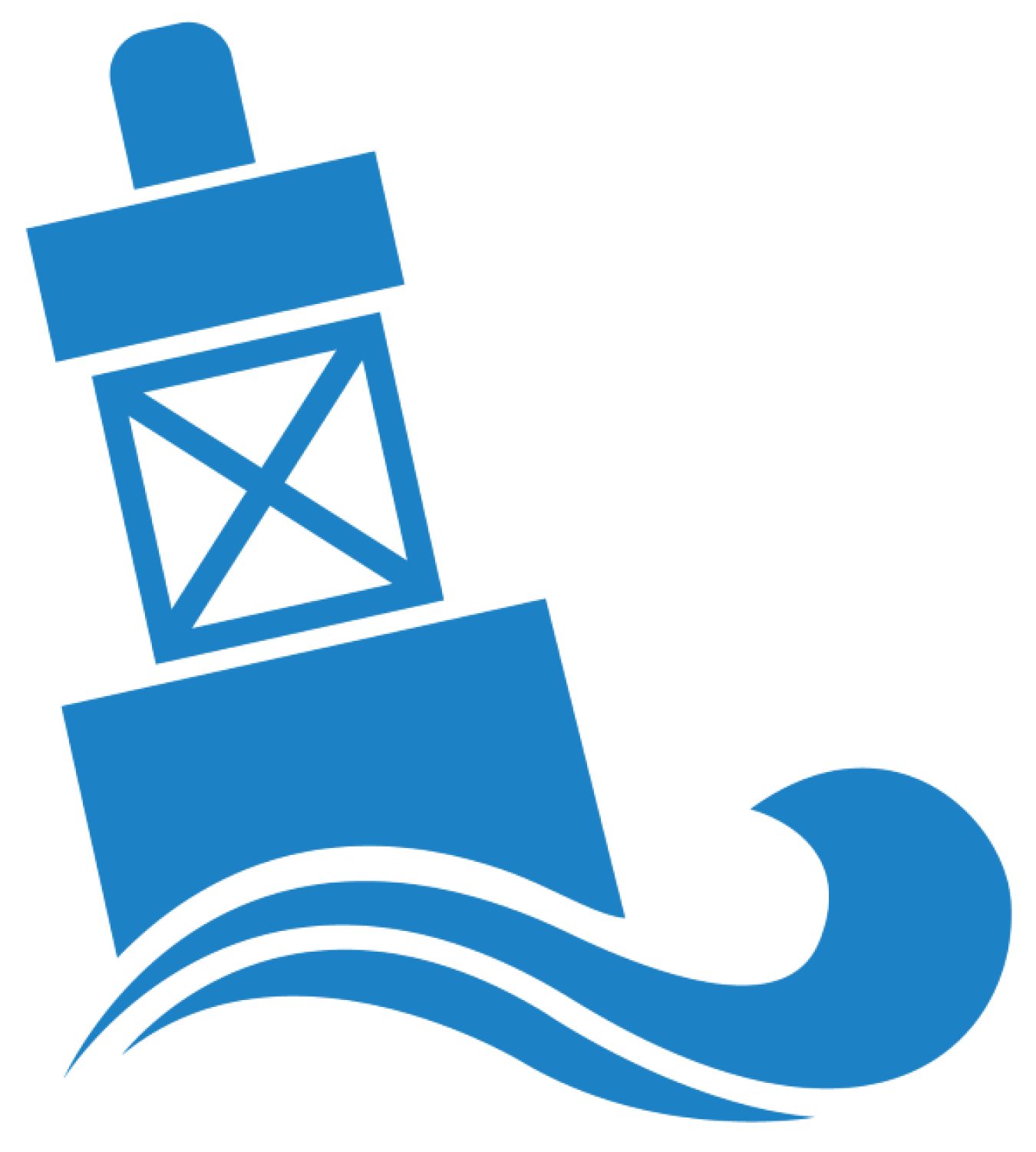Construction on the PacWave South test facility continued in Fiscal Year 2023 with milestones that include progress in building a facility to distribute energy generated by devices tested while researchers collect data on those devices.
Water Power Technologies Office
March 14, 2024Marine Energy Program
Reducing Barriers to Testing
Project Name: PacWave South Facility Construction Updates
Project Team: Oregon State University (Lead), National Renewable Energy Laboratory, European Marine Energy Centre, Bonneville Power Association, Central Lincoln People's Utility District, Williwaw Engineering, HDR, HT Harvey & Associates, 3U Technologies, Stoel Rives, David Evans Associates, HGE Architects, Jacobs Engineering, The HDD Co., and RT Casey
Lead Recipient Location: Newport, Oregon

Over the past year, an Oregon State University-led team made significant progress on the construction of the PacWave South test facility. PacWave South will be a grid-connected and pre-permitted wave energy testing facility off the Oregon coast.
The team conducted tests to determine sediment conditions on the seafloor where cables will be laid to connect the test site to the shoreside Utility Connection and Monitoring Facility (UCMF). Evaluating and understanding seafloor conditions are critical for the team as it prepares to lay and bury subsea cable over the next year. The team also made significant progress on construction of the UCMF. Construction began in early 2023, and the team has completed the building frame and the road leading up to the facility. Located near the PacWave South facility and test site, the UCMF will allow researchers to monitor the data collected at PacWave South and distribute the energy generated by test devices to the local grid.
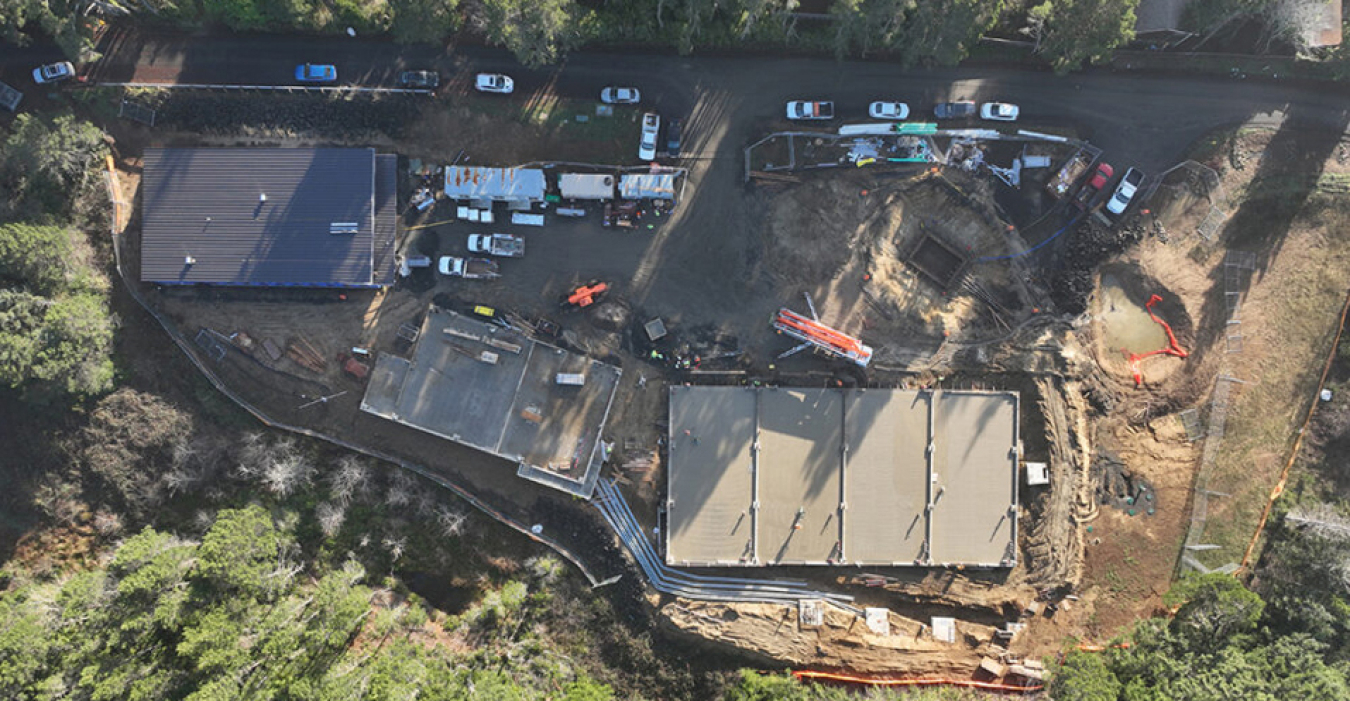
The Utility Connection and Monitoring Facility will allow researchers to monitor the data collected at PacWave South and distribute the energy generated by test devices to the local grid.
The team also began the manufacturing process for the cables that will connect the test site to the UCMF. The team developed power and data cables that will transmit generated power and information on device performance and environmental monitoring back to the UCMF. This information will help developers better understand why their devices are performing a certain way, how to improve them, and how to respond to conditions devices may face in the open ocean.
Meanwhile, researchers from the National Renewable Energy Laboratory completed the PacWave Anchoring and Mooring Study, which evaluates options for mooring system components that developers are expected to need at PacWave.
-
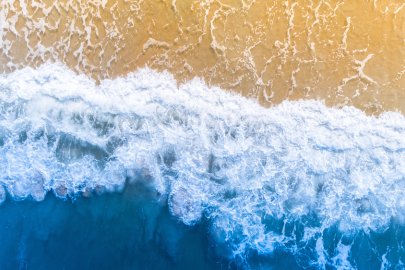 Researchers developed an environmentally acceptable lubricant to help increase the sustainability and durability of tidal turbines.
Researchers developed an environmentally acceptable lubricant to help increase the sustainability and durability of tidal turbines. -
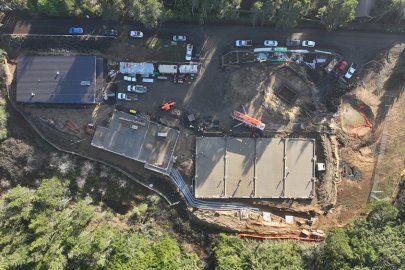 Construction on the PacWave South test facility continued in Fiscal Year 2023 with milestones that include progress in building a facility to distribute energy generated by devices tested while researchers collect data on those devices.
Construction on the PacWave South test facility continued in Fiscal Year 2023 with milestones that include progress in building a facility to distribute energy generated by devices tested while researchers collect data on those devices. -
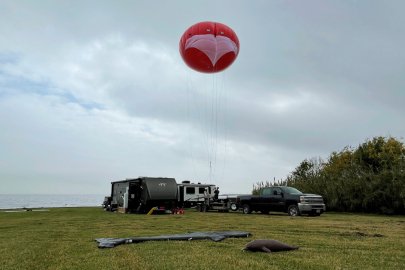 The Triton Initiative developed and tested methodologies and tools to help researchers better understand and evaluate how environmental stressors related to marine energy technologies may impact marine wildlife.
The Triton Initiative developed and tested methodologies and tools to help researchers better understand and evaluate how environmental stressors related to marine energy technologies may impact marine wildlife. -
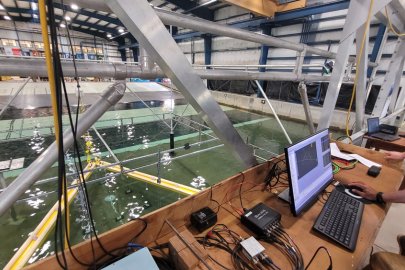 In Fiscal Year 2023, the Testing Expertise and Access for Marine Energy Research program surpassed $10 million of technical support across more than 100 marine energy projects since the program launched in May 2020.
In Fiscal Year 2023, the Testing Expertise and Access for Marine Energy Research program surpassed $10 million of technical support across more than 100 marine energy projects since the program launched in May 2020. -
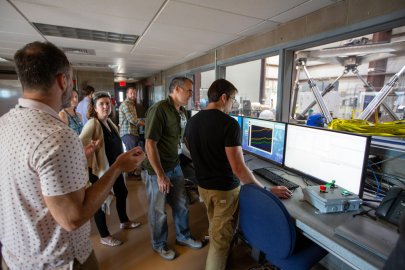 The National Renewable Energy Laboratory and Pacific Northwest National Laboratory installed and continued the construction of critical testing infrastructure that will help to advance research and testing of marine energy technologies.
The National Renewable Energy Laboratory and Pacific Northwest National Laboratory installed and continued the construction of critical testing infrastructure that will help to advance research and testing of marine energy technologies.
WPTO's marine energy e-newsletter shares news and updates on tools, analysis, and emerging technologies to advance marine energy.
The WPTO e-newsletter brings funding opportunities, events, publications, & hydropower and marine energy updates directly to your inbox.


